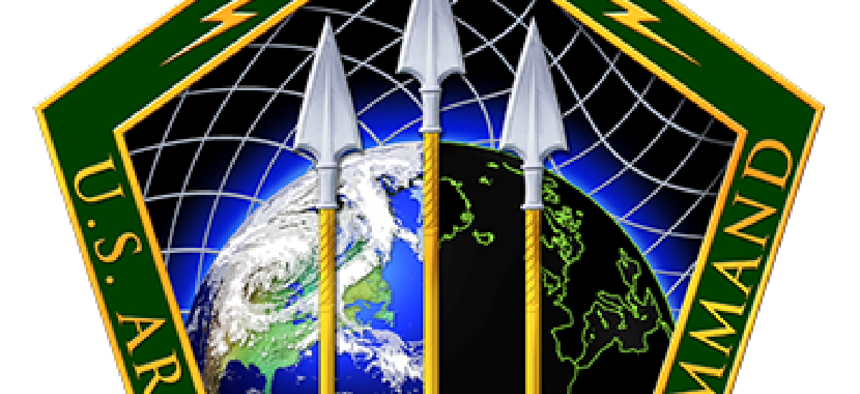Army adds cyber war to combat training

The Army is weaving cyber operations into its training for combat troops, an example of how cyberspace and traditional combat are blending.

The Army is stepping up its process to prime troops for combat, weaving cyber operations into more traditional training exercises. It is the latest example of how the military’s newest domain – cyberspace – increasingly is mixing into the kinetic warfare that has long defined military operations.
Recently, top Army leaders have outlined ways the service is building up its approach to cyber, including in training exercises, improving cybersecurity, developing digital weapons and establishing policies to govern it all.
"(Cyber) threats are real, growing, sophisticated and evolving," Lt. Gen. Rhett A. Hernandez, commander of Army Cyber Command, said at the Association of the United States Army conference in Washington on Oct. 23. "In cyberspace, the significant advantage will go to the side that can protect and secure critical information as well as gain and exploit advantages.”
Active defense and a closely guarded offense, both central to military operations in cyberspace, hinge on force modernization. A key part of that is continuing strides toward a joint information environment that will provide a comprehensive operational view across the Army and broader Defense Department, Hernandez noted in an official statement.
Army CIO/G-6 Lt. Gen. Susan Lawrence said that common view is currently hindered by a fractured and poorly integrated environment. "We have got to able to, in any type of combat or spectrum of operations, have technology overmatch against any enemy, and getting to this environment will allow us to do that," Lawrence said.
Beyond the network, commanders across the military are building cyber into training exercises.
Lt. Gen. Donald Campbell, commanding general of the Army’s III Corps and Fort Hood, Texas, said that cyber capabilities used in a recent exercise resulted in soldiers degrading opposing forces’ command and control systems by 40 percent, according to a Nextgov report. Campbell also said social media was used in the exercise to target locals, and that these kinds of exercises need to be part of future Army training.
“We met daily, in a targeting brief for an hour and there were specific focused targets on what we would do to the network and what we would do to our network,” Campbell said, according to Foreign Policy.
Similarly, the U.S. Army Europe’s 5th Signal Command also has incorporated cyber into training, including the use of a mock phishing scam to simulate the release of malware into a network critical to operations, Stars and Stripes reported.
“What you will see over time evolving is cyberspace becoming more mainstream in all our training avenues across the Army,” said Patrick Manners, a development director for Army Cyber Command.
Army leadership also is looking into the new weapons cyberspace requires, and how their use will be governed.
“We’re working hard with mission command as well as with [Army Space and Missile Defense Command] to work our way through an initial capabilities requirements document to determine what gaps we believe we have…to support tactical and operational requirements,” Hernandez said, per FP. That study, for which Hernandez did not offer a timeline, “will produce a set of requirements that will drive an expanded level of capabilities beyond what we have today.”
NEXT STORY: FBI starts new initiative to name hackers


